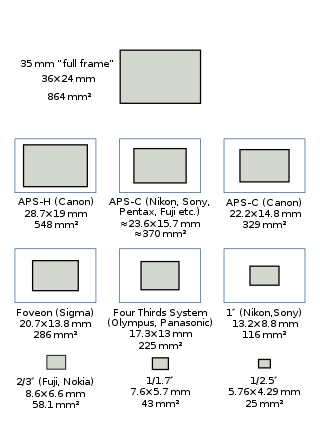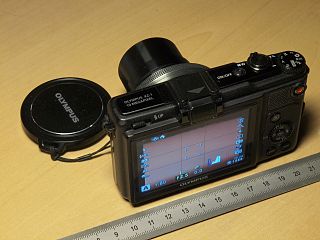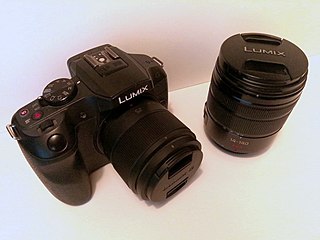
An articulating screen is a built-in small electronic visual display which is not fixed, but rather can be repositioned using a hinge or pivot. The articulating screen is known under different other names such as flip-out screen, flip screen, adjustable screen, articulated screen, or hinged screen. According to the way it moves, there are five main types:
Contents
- Digital cameras with a tilting screen
- Canon
- Casio
- Fujifilm
- Hasselblad
- JVC
- Kodak
- Konica Minolta
- Leica
- Lytro
- Medion
- Minolta
- Nikon
- Olympus
- Panasonic
- Pentax
- Praktica
- Rollei
- Samsung
- Sony
- Vivikai
- Vivitar (ViviCam iTwist series)
- Yongnuo
- Digital cameras with a double-hinged tilting screen
- Fujifilm 2
- Nikon 2
- Panasonic 2
- Digital cameras with a swivel screen
- BenQ
- Canon 2
- Casio 2
- Fujifilm 3
- Kodak 2
- Konica Minolta 2
- Leica 2
- Nikon 3
- Olympus 2
- OM Digital Solutions
- Panasonic 3
- Pentax 2
- Protax
- Ricoh
- Samsung 2
- Sony 2
- Vivikai 2
- Digital cameras with a tilt-and-articulating screen
- Panasonic 4
- Sony 3
- Digital cameras with a cross-tilt screen
- Pentax 3
- Accessories
- See also
- References
- The display moves around one axis, so that it only tilts. It is called tilting screen or tiltable screen.
- The display tilts horizontally both up and down and also vertically. This type is called double-hinged tilting screen, two-axis tilting screen, three-direction tilting screen or screen with 3-way tilt.
- The display moves around two axes which are at a right angle to each other, so that the screen both tilts and swivels. This type is called swivel screen. Other names for this type are vari-angle screen, fully articulated screen, fully articulating screen, rotating screen, multi-angle screen, variable angle screen, flip-out-and-twist screen, twist-and-tilt screen and swing-and-tilt screen.
- The display is mounted on a fully-articulating hinge that itself is attached to a tilting plate. Such display can be extended out from the back of the camera, ensuring it stays clear of the camera's left-mounted ports when flipping it out to the side. This type of articulating screen is called tilt-and-articulating screen.
- The display moves into a variety of angles; it tilts horizontally and vertically and also rotates to a certain extent while staying aligned with the lens axis. It still can not be turned all the way up, down or to the side to be seen from the front of the camera for self-portraits. This type of articulating screen is called cross-tilt screen, flexible-tilt screen or flex-tilt screen.
Articulating screens are used in a variety of electronic devices such as laptops, camcorders, digital cameras, desk phones, mobile phones, DVD players and others; also TV screens and computer monitors can be articulating screens.
This article focuses on digital photography, where an articulating screen allows convenient or unobtrusive shooting from various perspectives.










